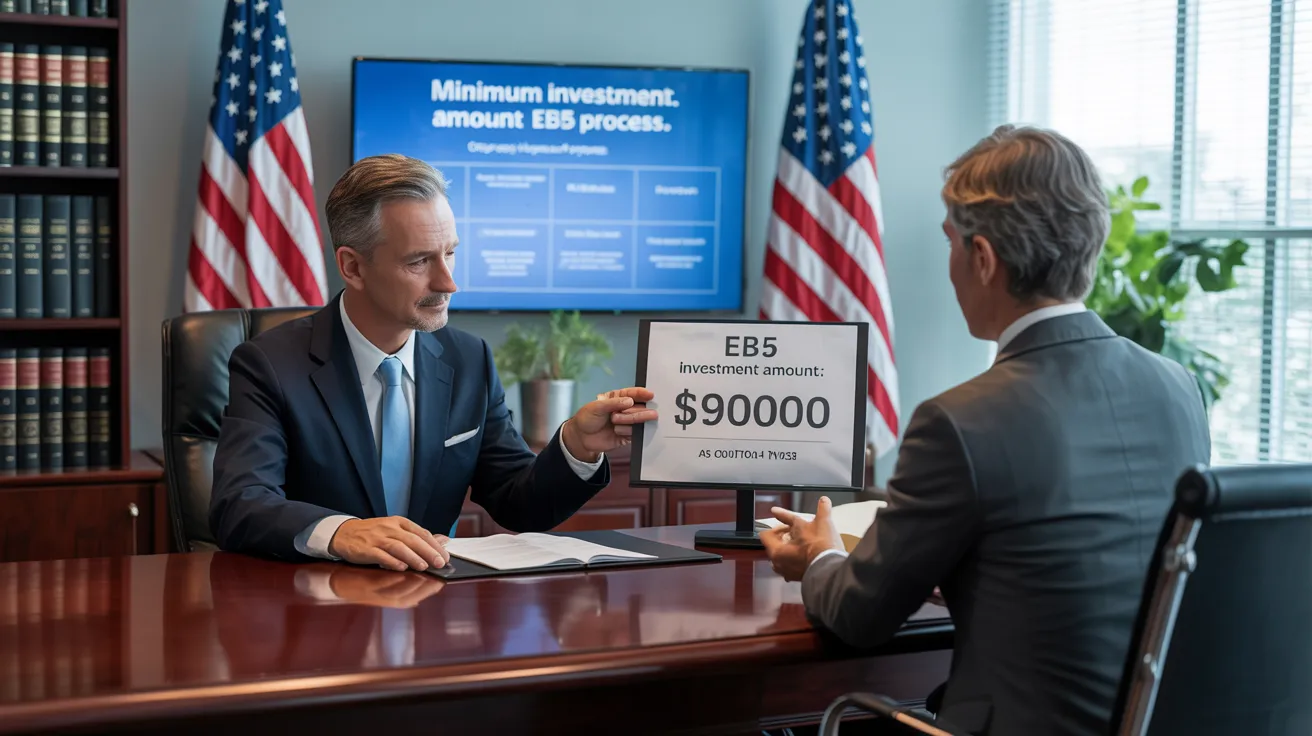L1 Visa Fundamentals Explained
Table of ContentsWhat Does L1 Visa Do?Little Known Questions About L1 Visa.The 9-Second Trick For L1 VisaL1 Visa - QuestionsThe Basic Principles Of L1 Visa
L-1 visas are offered to employees of a global business with workplaces in both the USA and abroad. L1 Visa. The visa permits such international workers to move to the firm's US office after having actually worked abroad for the firm for a minimum of one constant year within the previous three previous to admission in the United StatesOne L-1 visa can allow multiple workers entry right into the United States. Partners of L-1 visa holders are permitted to work without restriction in the United States (using an L-2 visa) case to status, and the L-1 visa may legally be used as a stepping rock to a environment-friendly card under the doctrine of dual intent.
Since 2000, Indian nationals are the largest receivers of L-1 visas. The number of L-1 visas provided to Indian nationals leapt from 4.5 percent in 1997 to 43.8 percent in 2006. In 2019, Indian nationals got 18,354 L-1 visas, accounting for 23.8% of all L-1 visas provided in 2019. According to USCIS information, the largest employers to obtain L-1 visas in 2019 were Tata Working as a consultant with 1,542 approved L-1 visa applications, Infosys with 517, Amazon with 455, Observant with 382, and Deloitte with 305.
Congress developed the L-1 visa in 1970. The initial visa required that the job period correspond straight prior to using for the company transfer.
L1 Visa - An Overview
Major Indian outsourcing firms such as Tata, Infosys, and Wipro progressively made use of the L-1 copyright staff American international companies. Half of Tata's employees brought to the United States came on L-1 visas.
In 2003, the Us senate Judiciary Committee held a hearing on the L-1 visa. In fiscal year 2004, the number of L-1B visas went beyond the number of L-1A visas.

Candidates who remain in the United States at the time of the declaring of the I-129 can ask for a modification of standing from their present nonimmigrant condition (i.e. site visitor, student, and so on), so long as they are in status at the time of the filing of the I-129. If they head out of status after the filing, yet before authorization, there is no negative repercussion, and the individual does not accumulate unlawful presence.
Youngsters of the main L-1 can attend college. The partner of the main L-1 has an automatic right to operate in the United States. Children can not accept paid work. The spouse can, yet need not, use with the USCIS for work consent after showing up in the USA and, after issuance of the Employment Permission Document (EAD, Kind I-765), might thereafter function for any type of company.
The 6-Second Trick For L1 Visa
An I-797 Notice of Action L1 Visa process showing the approval of the visa request does not guarantee that a visa will certainly be issued at the United state

Not known Factual Statements About L1 Visa
For an L-1 visa applicant, "twin Intent" is enabled: unlike some courses of non-immigrant visas (e.g., J-1 visas (L1 Visa)), L-1 applicants may not be refuted a visa on the basis that they are an intending immigrant to the USA, or that they do not have a home abroad which they do not mean to desert
Revival in the United States uses to status only, not the actual visa in the key. copyright revival, the candidate must go to an U.S
An alien can not leave the United States and after that reenter without a legitimate L-1 visa, and need to appear personally before a consular police officer copyright issuance.
The 2-Minute Rule for L1 Visa
A person in L-1 condition typically may function only for the petitioning company. If the L-1 employee goes into based on an L-1 covering, however, it usually is feasible for the employee to be relocated the same capacity to any type of various other relevant company noted on the blanket. The L-1 visa program has been criticized for several factors.
In one example, The united state Division of Labor fined Electronics for Imaging $3,500 for paying its L-1 visa workers $1.21 an hour and working a few of them approximately 122 hours a week. Some industry L1 Visa process representatives have accused firms of utilizing the L-1 program to replace U.S. employees. Detractors and government officials have aimed out exactly how the visa program does not define "specialized understanding" for international employees in the L-1B visa category.